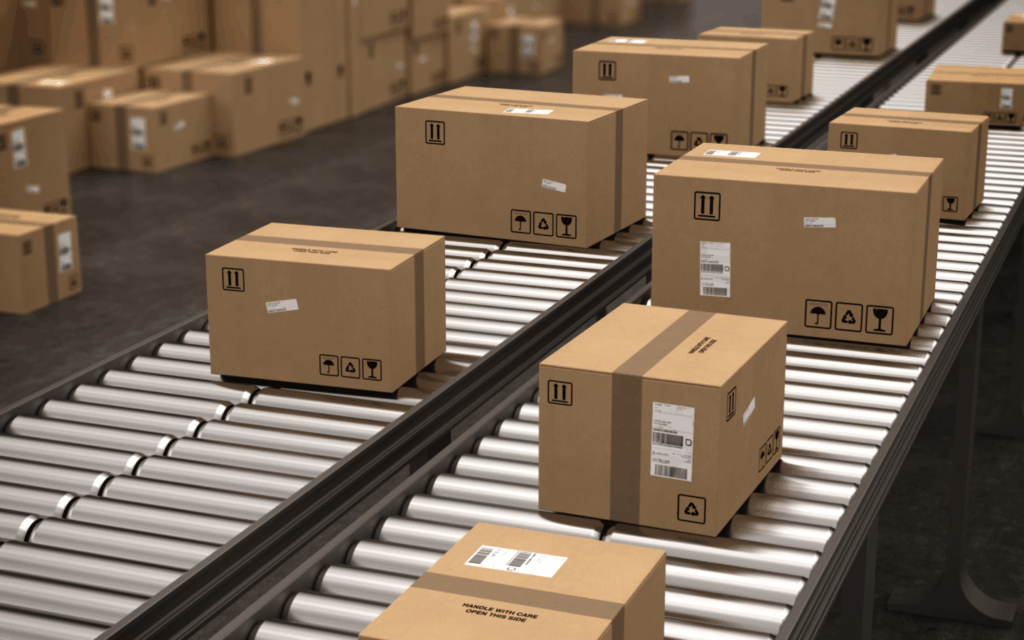Why International Shipping Tracking Needs a Unified Global Logistics Track Platform
Why International Shipping Tracking Needs a Unified Global Logistics Track Platform is not a buzz line. It is a practical need. Parcels jump between carriers, hubs, and borders. Data sits in different systems. The result is late updates, missed scans, and confused customers. A single, unified platform fixes these gaps. It brings events, statuses, and proof of delivery into one view. It turns raw scans into clear answers. This article explains the pain points, the must-have features, and how PostalParcel can help you switch.

1. International Shipping Tracking Visibility Problems
International shipping has many hand-offs. Each hand-off is a risk for silence.
- First mile pickup → origin sortation
- Airline handover → export customs
- Transshipment hub → line-haul move
- Import customs → last-mile depot
- Last-mile delivery → pickup point
When every step lives in a different system, tracking breaks into pieces. A buyer sees “in transit” for days. A support agent opens five tabs and still lacks an answer. A seller cannot predict delivery dates or promise SLAs. A unified platform closes these gaps with one data model and one truth across all moves.
2. What Unified Global Logistics Track Platform Actually Means
“Unified” is not just an aggregated webpage. It is a shared backbone that:
- Collects events from many carriers, postal operators, and 3PLs via API or EDI.
- Normalizes those events into a standard timeline (pickup, departure, arrival, customs hold, out for delivery, delivered).
- Enriches the timeline with geolocation, weather, lane rules, and carrier calendars.
- Predicts the next milestone and ETA using lane history.
- Publishes clean updates to customers, support, and BI tools in real time.
If any piece is missing, the platform is not unified. It is only a mirror of the same chaos.
3. Core capabilities your platform must include

To work at global scale, a logistics track platform needs simple, strong building blocks.
- Multi-carrier ingestion: REST APIs, webhooks, EDI (EDIFACT, ANSI X12), CSV, SFTP fallbacks.
- Event normalization: One schema for all carriers (e.g.,
event_code,event_time,location,evidence). - Label and ID linkage: Tie AWB, tracking ID, order ID, and parcel ID to the same timeline.
- Customs visibility: Status for clearance, taxes due, HS codes, and document flags.
- Exception engine: Rules that detect no-scan windows, lane delays, and misroutes.
- Predictive ETAs: Models trained per lane, per service, per day of the week.
- Notifications: Proactive alerts to buyers and merchants across email, SMS, and chat.
- Self-service tracking pages: Branded pages with live status, ETAs, and issue reporting.
- Analytics: On-time performance, dwell time by node, first-attempt success rate, RTO rate.
- Security and compliance: Role-based access, data retention rules, GDPR support, audit logs.
4. The business wins you can measure
A unified platform is not only nicer to look at. It pays back fast.
- Fewer tickets: Clear status and ETAs reduce “Where is my order?” contacts.
- Faster exceptions: Rules route stuck parcels to the right team before customers complain.
- Better SLAs: On-time delivery improves when you see dwell time and bottlenecks early.
- Lower costs: Reduced manual checks and fewer reships protect your margin.
- Higher trust: Buyers get honest, timely updates. That builds repeat sales.
5. Who Benefits from a Unified Global Logistics Track Platform

- Operations: One dashboard to watch lanes and nodes, not twenty carrier portals.
- Customer support: A single timeline to answer tickets in seconds, not minutes.
- E-commerce teams: Branded tracking pages and clear messaging raise NPS and reduce churn.
- Finance: Fewer refund requests due to transparent expectations.
- Leadership: Reliable KPIs to guide carrier contracts and lane planning.
6. Data that actually travels well
Data standards are the quiet hero of global tracking.
- Use canonical event codes (e.g.,
PICKED_UP,DEPARTED_HUB,CUSTOMS_HOLD,DELIVERED). - Map all carrier messages to the same codes. Keep the raw text as a note for audit.
- Store relationships: order ↔ parcel(s) ↔ carrier tracking ID(s).
- Track service levels and cutoff calendars per lane for accurate ETAs.
- Keep proof of delivery objects: name, signature image, photo, GPS.
With clean standards, every new carrier is a quick integration, not a new mess.
7. How to implement without breaking your day-to-day
Move in short, safe steps.
- Pick a pilot lane. Choose a high-volume, high-pain route.
- Integrate top carriers first. Cover 70–80% of parcels before chasing edge cases.
- Normalize events. Lock your schema early to protect future work.
- Turn on exception rules. Start with “no scan over 48 hours” and “missed hand-off.”
- Launch branded tracking. Give buyers live ETAs and easy support links.
- Train predictive ETAs. Use lane history and holiday calendars.
- Expand carriers and markets. Add long tail integrations once the core is stable.
8. Why does postalparcel fit this mission

postalparcel focuses on cross-border inventory and order management with flexible fulfillment. That makes it a natural home for unified tracking.
- One timeline for every parcel: Pickup to delivery, including customs checkpoints.
- Multi-carrier reach: Connect postal operators, express carriers, and regional couriers.
- Smart exceptions: Auto-detect stuck parcels and route tasks to the right team.
- Predictive ETAs: Learn from lane history to set honest delivery windows.
- Buyer-friendly pages: Branded tracking that reduces support load and increases trust.
- Open APIs: Push status to your storefront, CRM, and analytics tools.
- Data control: Role-based access and clear retention rules so you stay compliant.
With postalparcel, tracking is not an afterthought. It is part of a complete cross-border flow covering inventory, orders, and flexible fulfillment choices.
9. Risks to watch—and how to reduce them
- Dirty source data: Validate events on ingest; reject impossible timestamps.
- Carrier change fatigue: Keep adapters modular so a carrier swap is a config change.
- Over-promising ETAs: Start conservative, then tighten as models learn.
- Alert overload: Group alerts by order and set clear priorities for your team.
- Privacy pitfalls: Mask personal data in logs and limit who can export timelines.
10. KPIs that prove you are winning

Track outcomes, not only events.
- On-time delivery rate (OTD) by lane and service.
- Average dwell time in the origin hub, customs, and the last-mile depot.
- First-contact resolution (FCR) for shipping tickets.
- Ticket volume per 1,000 orders after launch of live tracking.
- Exception recovery time from detection to fix.
- Return-to-origin (RTO) rate and reasons.
When these numbers move, the platform does real work for your business.
Conclusion
International shipping gets messy when data is scattered. A Unified Global Logistics Track Platform turns that mess into a simple, shared timeline. It standardizes events, predicts ETAs, and alerts your team before problems grow. Buyers stay informed. Support moves faster. Costs fall. postalparcel brings these parts together for cross-border sellers who want clear tracking without rebuilding their stack. Start with one lane, prove the gains, and expand. The sooner you unify tracking, the sooner every parcel tells a clean, honest story from pickup to delivery.
Industry Insights
news via inbox
Nulla turp dis cursus. Integer liberos euismod pretium faucibua







